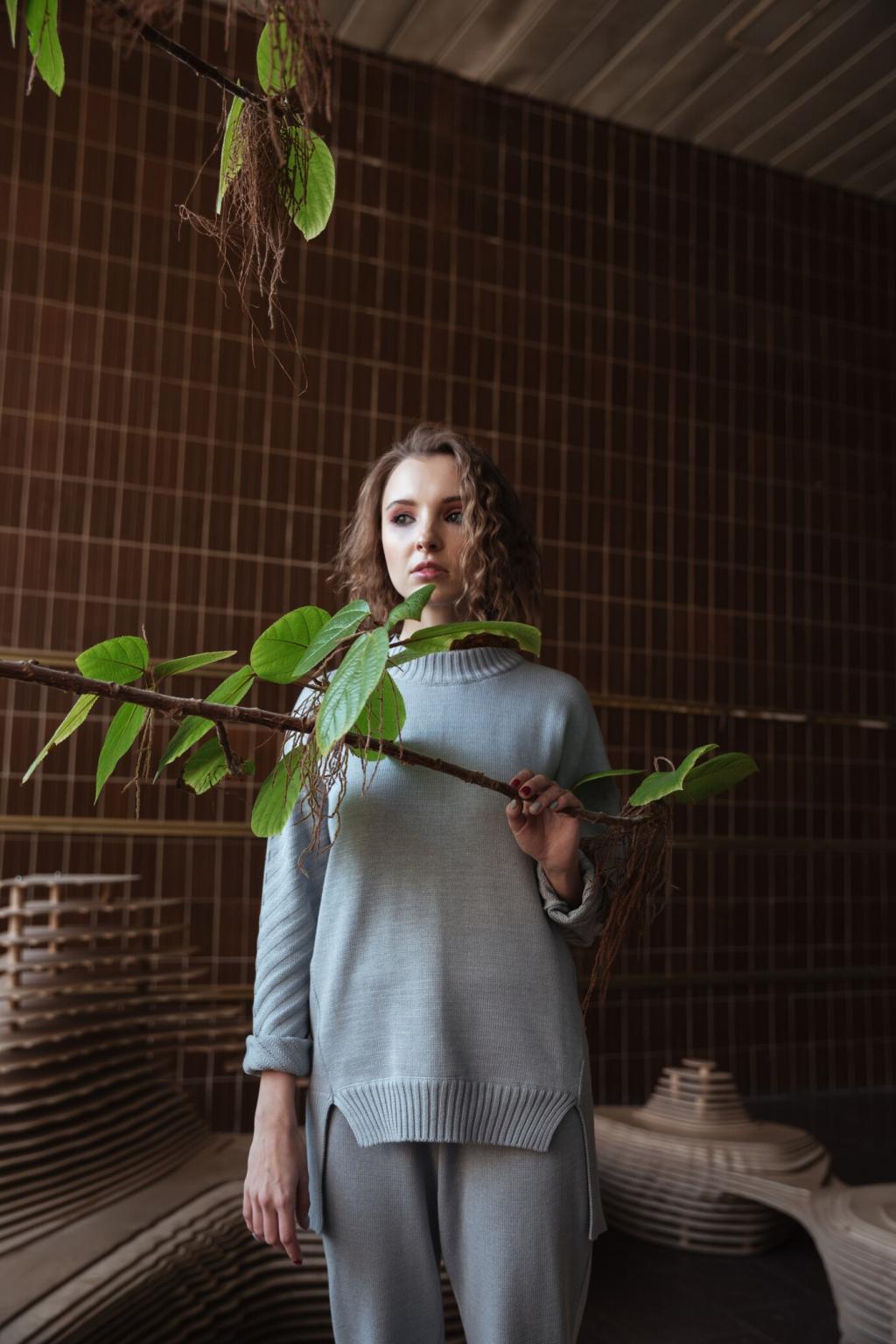Innovative Materials Transforming Fashion
The fashion industry is undergoing a revolution powered by groundbreaking materials that are redefining both style and sustainability. From smart textiles to eco-conscious alternatives, innovative materials are shaping how designers create and consumers experience fashion. As technology intersects with creativity, the boundaries of what’s possible in clothing, accessories, and footwear continue to expand. This transformation not only drives new trends but also promises a future where fashion is more sustainable, functional, and imaginative than ever before.

Sustainable Fabrics Redefining Style
Organic Cotton: A Staple With a Conscience
Organic cotton has emerged as one of the most prominent eco-friendly materials. Unlike conventional cotton, it is grown without synthetic chemicals, pesticides, or genetically modified seeds. This process dramatically reduces environmental impact by preserving soil quality and supporting biodiversity. The resulting fabric is soft, breathable, and ideal for everyday wear. Brands across the globe have adopted organic cotton in t-shirts, denim, and even luxury collections, allowing consumers to enjoy comfort and style without compromising on sustainability. By choosing organic cotton, fashion lovers contribute to cleaner water systems, safer farming conditions, and a healthier planet.
Recycled Polyester: Turning Waste Into Wardrobe Staples
Recycled polyester offers an innovative solution to fashion’s waste problem by transforming discarded plastic bottles and other post-consumer waste into versatile textile fibers. This approach conserves energy, diverts waste from landfills, and reduces reliance on virgin petroleum resources. Modern recycled polyester is virtually indistinguishable from its traditional counterpart, boasting durability, flexibility, and vibrant color retention. It’s widely used in sportswear, outerwear, and even high-fashion pieces. As recycling technology advances, recycled polyester is set to become an even more prevalent part of the global fashion landscape, driving the industry toward a more circular and responsible future.
Plant-Based Leathers: A Cruelty-Free Revolution
The future of fashion lies in cruelty-free, plant-based leather alternatives made from sources like pineapple leaves, apple peels, and cactus fibers. These innovative materials mimic the look and feel of animal leather while offering a significantly lower environmental footprint. By utilizing agricultural waste or renewable plants, brands are providing consumers with durable, stylish, and vegan-friendly options for shoes, bags, and apparel. Plant-based leathers are not only ethically appealing but also allow for creative finishes and textures, proving that compassion and luxury can coexist in modern fashion. As technology evolves, these materials are poised to replace traditional leather on a large scale.

Technology-Infused Textiles for a New Era
Smart Fabrics: Clothing That Connects
Smart fabrics are rapidly shifting the paradigm of how we experience clothing. These textiles incorporate electronic components such as sensors, conductive threads, or microchips that allow garments to connect to smartphones, track activity, or even adjust to environmental conditions. From jackets that heat themselves at the touch of a button to dresses that change color with light, smart fabrics combine technology and fashion in interactive ways. The evolution of smart textiles offers practicality for athletic performance enhancement, health monitoring, and novel artistic expression, proving that clothing can be as adaptable and dynamic as the people who wear it.
Phase-Change Materials: Adaptive Comfort
Phase-change materials (PCMs) are transforming the comfort of clothing by managing heat and moisture in real time. Originally used in space exploration, these substances absorb, store, and release thermal energy, allowing fabrics to dynamically react to the wearer’s body temperature and changes in the environment. When embedded in textiles, PCMs can help keep athletes cool during exertion or provide warmth in cold conditions without bulky layers. This adaptive technology has found its way into sportswear, outerwear, and even business attire, offering consumers a sophisticated solution to staying comfortable no matter where life takes them.
Wearable Electronics: Seamless Integration
Wearable electronics are merging seamlessly with everyday fashion to offer conveniences that once seemed possible only in science fiction. By embedding functionality such as step counting, heart rate monitoring, and GPS tracking directly into garments and accessories, fashion becomes an integral part of the digital lifestyle. Unlike bulky gadgets of the past, new innovations ensure that these technologies are virtually invisible, lightweight, and washable, integrating perfectly with modern design aesthetics. As wearable electronics continue to advance, the boundary between clothing and personal technology will become increasingly blurred, opening up limitless possibilities for the future of fashion.
Bioengineered Materials Pushing Creative Boundaries
Mycelium Leather: Grown Not Made
Mycelium leather, cultivated from the root system of mushrooms, is changing the luxury fashion space. Unlike traditional manufacturing processes, mycelium grows rapidly in controlled conditions with minimal waste and water usage. The resulting material closely resembles animal leather but is fully biodegradable, lightweight, and customizable in texture and thickness. Major fashion houses are already incorporating mycelium-based leather in accessories and shoes, capitalizing on its unique aesthetic and ecological benefits. This biotech innovation redefines what is possible in sustainable fashion, signaling a future where high quality does not come at the expense of the environment.
Spider Silk: Nature-Inspired Strength
Bioengineered spider silk is making waves as one of the strongest, lightest, and most flexible fibers available to the fashion industry. Produced by genetically modified microorganisms, spider silk replicates the remarkable properties of natural silk spun by spiders. This next-generation fiber can be spun into threads that offer superior durability, elasticity, and even water resistance. Designers are exploring its use in everything from haute couture to performance wear. As the production process becomes more efficient, spider silk is poised to replace synthetic and animal-based fibers, delivering nature-inspired performance in environmentally friendly ways.
Bacterial Dyeing: Living Color
Bacterial dyeing is a revolutionary approach to coloring textiles using genetically engineered bacteria that create vivid pigments. This process significantly reduces the need for water, toxic chemicals, and energy compared to conventional dyeing methods. The living organisms can be programmed to produce custom shades, precise patterns, or even respond to environmental changes. Pioneering fashion brands are exploring this unique technique to craft garments with vibrant, eco-friendly hues that stand out on the runway and in daily life. Bacterial dyeing offers a bold vision for the future, where fashion’s splash of color is as clean as it is beautiful.
